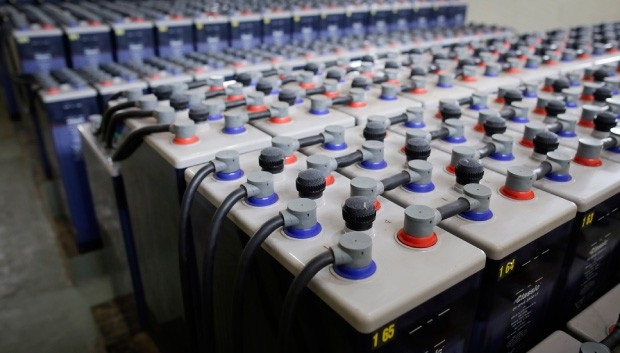Choosing the correct charging current for lead-acid batteries is essential to ensure efficient charging and long battery life. The recommended charging current generally depends on the battery’s capacity and type.
Standard Charging Current
- 10% Rule: A common rule of thumb is to charge a lead-acid battery at a current equal to 10% of its amp-hour (Ah) rating. For example, a 100 Ah battery should be charged at 10 amps.
- Formula: Charging Current (A) = Battery Capacity (Ah) × 0.1
- 2-Step or 3-Step Charging: Modern chargers often use multi-step charging methods, which may include:
- Bulk Charging: The initial phase where the charger supplies a constant current (often 10-30% of the battery’s Ah rating) until the battery reaches a specific voltage.
- Absorption Charging: Once the battery reaches the target voltage, the charger reduces the current to maintain a constant voltage, allowing the battery to absorb more charge without overheating.
- Float Charging: After the battery is fully charged, the charger switches to a lower voltage to maintain the charge without overcharging.
Considerations Based on Battery Type
- Flooded Lead-Acid Batteries: Typically follow the 10% rule but can often tolerate slightly higher charging currents if properly monitored.
- Sealed Lead-Acid (SLA) or Valve-Regulated Lead-Acid (VRLA) Batteries: These include AGM and GEL batteries. They are more sensitive to overcharging and usually follow the 10% rule more strictly.
Temperature Considerations
- Temperature Compensation: Charging voltage should be adjusted based on the temperature. Many modern chargers automatically compensate for temperature variations to prevent overcharging or undercharging.
Practical Example
For a 50 Ah lead-acid battery:
- Standard Charging Current: 50 Ah × 0.1 = 5 Amps
Safety and Charger Compatibility
- Manufacturer’s Recommendations: Always refer to the manufacturer’s specifications for the optimal charging current and voltage for your specific battery model.
- Smart Chargers: Using a smart charger designed for lead-acid batteries can help ensure that the battery is charged at the correct rate and follows the appropriate charging profile.
By following these guidelines, you can choose the appropriate charging current for your lead-acid battery, ensuring efficient charging and extending the battery’s life.


